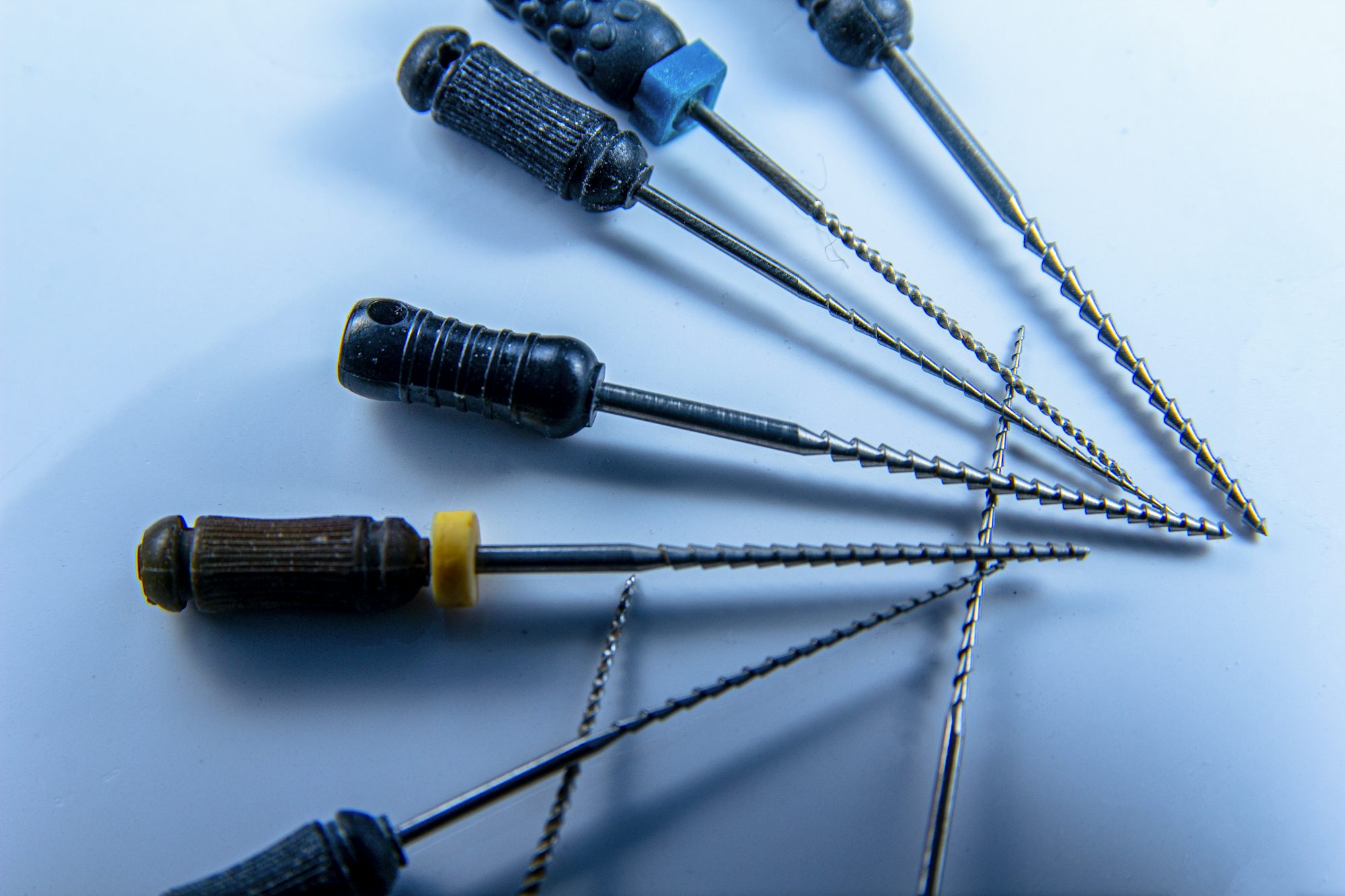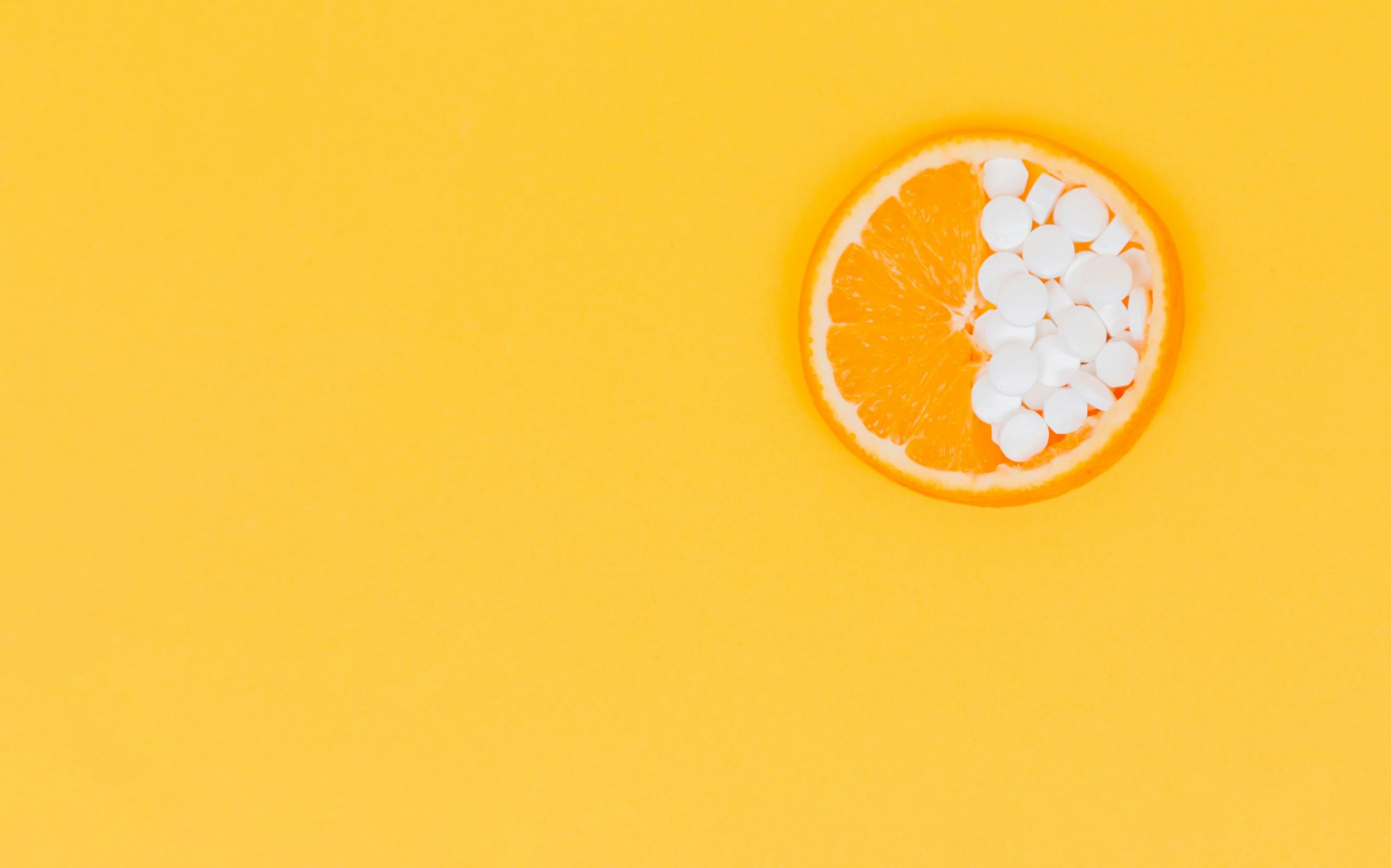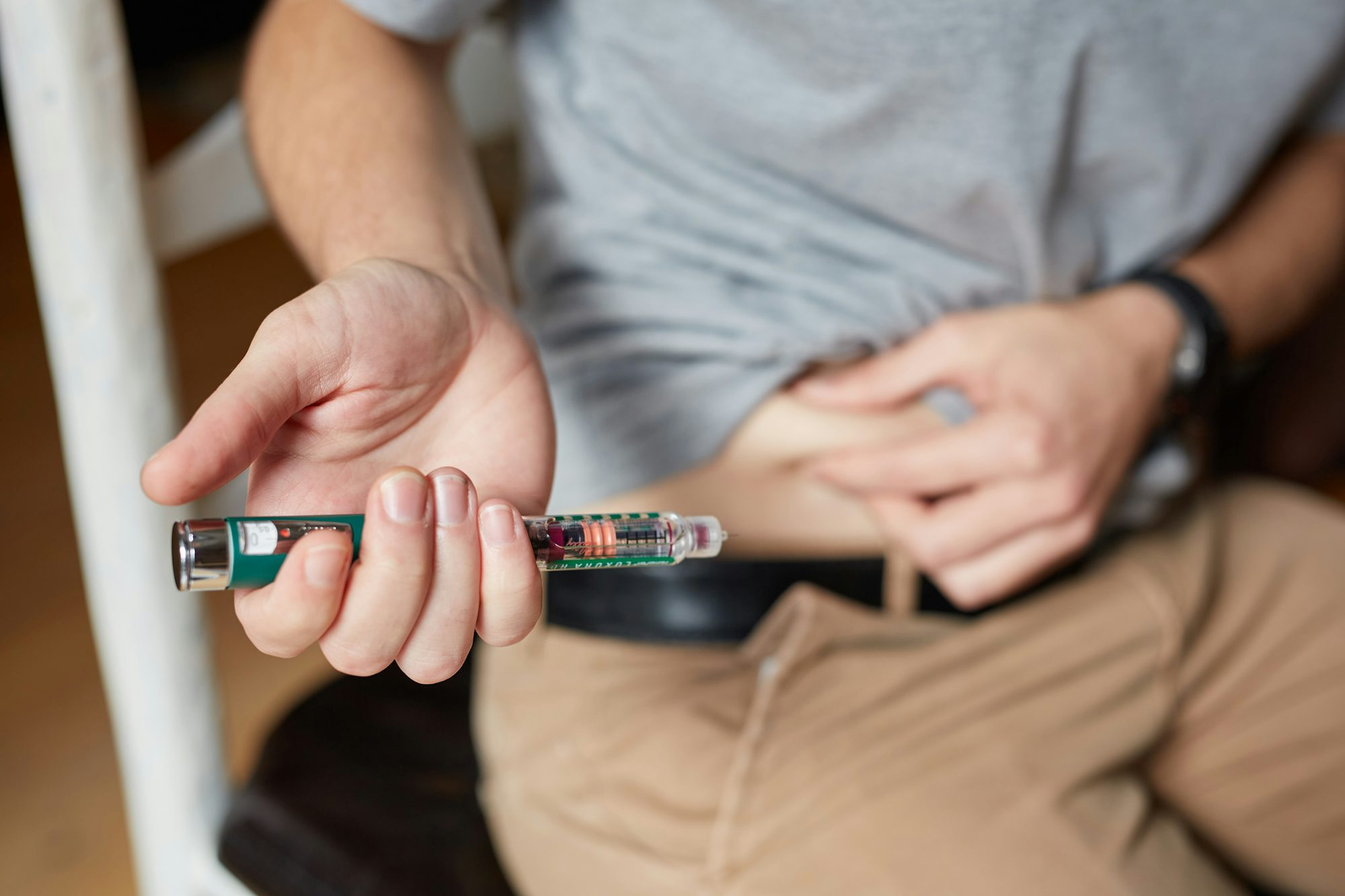Creativity is often seen as a rare gift possessed by artists and innovators, but in reality, it is a fundamental aspect of human experience that can enhance everyday life. Engaging in creative practices not only fosters personal expression but also promotes problem-solving skills, emotional well-being, and overall fulfillment. In a world that can often feel monotonous or predictable, harnessing creativity can lead to a richer and more satisfying existence.
At its core, creativity involves the ability to think outside the box and generate new ideas. This process can manifest in various forms, from visual arts and writing to cooking and gardening. Creativity is not limited to artistic endeavors; it can also enhance how we approach challenges in our daily lives. By embracing creativity, individuals can develop innovative solutions to problems, whether they are related to work, relationships, or personal growth.
One of the primary benefits of nurturing creativity is its impact on mental health. Engaging in creative activities can serve as a form of stress relief, allowing individuals to express emotions and process experiences in a constructive manner. Art therapy, for instance, has been shown to help individuals cope with stress and anxiety by providing a safe outlet for feelings. When we create, we tap into a flow state that can transport us away from everyday worries, promoting relaxation and mental clarity.
Furthermore, creativity encourages resilience. When we allow ourselves to explore new ideas and take risks in our creative pursuits, we learn to embrace failure as part of the process. This mindset is invaluable in life, as it helps individuals bounce back from setbacks and view challenges as opportunities for growth. The ability to adapt and innovate is crucial in both personal and professional realms, making creativity an essential skill in today’s dynamic world.
To incorporate creativity into daily life, individuals can start by setting aside time for creative activities. This could be as simple as dedicating a few minutes each day to sketching, journaling, or practicing a musical instrument. Establishing a routine can help to build momentum and encourage regular creative expression. Over time, these small efforts can lead to significant personal growth and a deeper connection to one’s interests and passions.
Another effective way to nurture creativity is by engaging in creative hobbies. Exploring activities such as painting, photography, or writing can provide an avenue for self-discovery and personal expression. These hobbies not only allow individuals to explore their creative potential but also offer a sense of accomplishment and joy. Joining local classes or workshops can enhance this experience by providing opportunities for social interaction and collaboration with like-minded individuals.
Creativity can also be cultivated through play. Engaging in playful activities, whether they are games, puzzles, or outdoor adventures, can stimulate the imagination and foster a sense of wonder. Adults often underestimate the importance of play in their lives, but it can be a powerful catalyst for creativity. By allowing ourselves to embrace a playful mindset, we open the door to new ideas and perspectives.
In addition, changing our environment can significantly impact our creative output. Surrounding ourselves with inspiring visuals, such as art, plants, or meaningful objects, can stimulate creativity. Creating a dedicated workspace that reflects our personality and interests can make a significant difference in how we approach creative tasks. A comfortable and visually appealing space encourages focus and innovation, leading to more productive and enjoyable creative sessions.
Collaboration is another key aspect of fostering creativity. Working with others can spark new ideas and perspectives that we might not have considered on our own. Collaborative projects, whether in a professional setting or through creative groups, can lead to exciting innovations and outcomes. Engaging in discussions, brainstorming sessions, and group activities can enhance the creative process, allowing participants to draw inspiration from each other.
Moreover, embracing a growth mindset is essential for nurturing creativity. Viewing challenges as opportunities to learn rather than obstacles can transform the creative experience. By being open to experimentation and willing to take risks, individuals can unlock their creative potential. This mindset encourages exploration and allows for the possibility of discovering new passions and talents.
As we navigate the complexities of modern life, it is vital to prioritize creativity as a fundamental part of our well-being. Incorporating creative practices into daily routines not only enriches our lives but also fosters personal growth and resilience. By embracing creativity, we can enhance our problem-solving skills, improve our mental health, and cultivate deeper connections with ourselves and others.
In conclusion, creativity is a powerful force that can significantly impact our everyday lives. It enhances mental well-being, promotes resilience, and encourages personal expression. By setting aside time for creative activities, exploring new hobbies, engaging in play, and collaborating with others, we can nurture our creative potential. As we embrace creativity in our daily routines, we unlock new possibilities and enrich our lives with joy and fulfillment. In a world that often emphasizes practicality, let us remember the importance of creativity and the transformative power it holds.


